Explore the Best AI Image Gallery
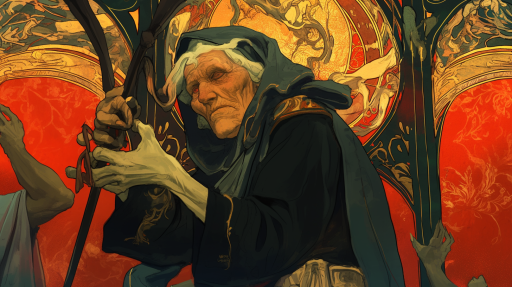
Transforming Visual Storytelling: The Role of AI in Creative Expression
As technology continues to evolve, artificial intelligence (AI) is playing an increasingly pivotal role in visual storytelling. From film and graphic design to virtual reality and augmented reality, AI-driven visual experiences are enabling creators to break command barriers and explore uncharted territories of artistic expression. This post will delve into the various aspects of AI in the creative industry, highlighting its potential uses, ethical considerations, and future trends that are shaping the way stories are told.
The Impact of AI on Creative Industries
The rise of AI technologies has significantly influenced various creative fields. Artists and designers are now equipped with tools that allow them to enhance their creative process in ways that were previously unimaginable. For instance, AI can analyze vast data sets to extract trends and insights, assisting creators in understanding audience preferences and optimizing their work accordingly.
Moreover, AI is enabling the generation of high-quality, customizable content. Tools like generative adversarial networks (GANs) are capable of creating visuals based on specific parameters set by the user, allowing for personalized art pieces or marketing materials. This not only saves time but also expands the horizons of creative possibilities.
Applications of AI-Driven Visual Experiences
AI can be leveraged in numerous creative applications:
- Film Production: AI can assist in the storyboard process, helping filmmakers visualize scenes and optimize cinematography.
- Graphic Design: AI algorithms can suggest color palettes, layouts, and even create logos based on industry trends.
- Game Development: For gaming, AI can create lifelike characters and immersive environments, enhancing user experiences.
- Fashion Design: AI analyzes fashion trends to predict future looks, assisting designers in creating collections that resonate with audiences.
- Advertising: Marketers utilize AI to generate compelling visuals and advertisements tailored to specific demographics.
Ethical Considerations
While AI presents numerous advantages, it also raises ethical questions that creators must address. Issues of copyright, originality, and the potential for bias in AI-generated content are significant concerns.
For example, when using AI to generate art, who owns the copyright to the final piece—the artist or the AI? Additionally, the data used to train AI models can perpetuate biases, leading to unfair or inaccurate representations in the visuals produced.
There is also the risk of diluting the creative process. As reliance on AI tools increases, some argue that the uniqueness of human creativity may be overshadowed, leading to homogenized artistic expressions. Therefore, striking a balance between leveraging AI's capabilities and preserving the essence of human creativity is essential.
Future Trends in AI-Driven Visual Experiences
The future of AI in visual storytelling appears promising. Here are a few trends to look out for:
- Augmented and Virtual Reality: The integration of AI with AR and VR will create more immersive experiences, allowing users to interact with visuals in real-time.
- Collaborative Creation: Platforms that facilitate collaboration between artists and AI are likely to emerge, fostering a new genre of co-created art.
- AI-Powered Personalization: As AI grows more sophisticated, creators will tailor experiences for individual users based on their preferences, making visual storytelling more relatable.
- Real-Time Feedback: AI can provide instant feedback to artists during the creative process, offering suggestions that can enhance the final product.
- Ethical AI Development: Future innovations will likely prioritize transparency and ethical considerations, addressing the concerns surrounding bias and ownership.
Conclusion
AI-driven visual experiences are revolutionizing how stories are told and understood in the creative industry. While the technology offers incredible opportunities for innovation and personalization, it is imperative to navigate the ethical landscape carefully. By fostering a cooperative relationship between human creativity and AI, we can ensure a future where visual storytelling flourishes, enriched by technology while remaining grounded in artistic integrity.



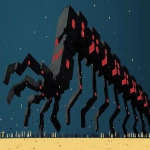

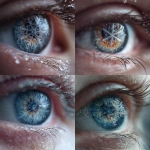

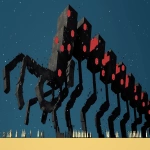
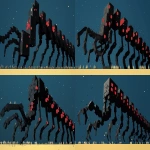
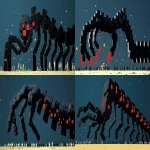
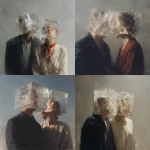


](https://images.ai-img.art/thumbnails/150/bf21fb52467a93a686deffb414ecfa11df970a3dfdd95b391fbbb7308856a8b0.webp)


